Search
Remove Ads
Advertisement
Summary 
Loading AI-generated summary based on World History Encyclopedia articles ...
Search Results

Image
Alabaster Relief of an Assyrian Royal Attendant
Alabaster work relief of an Assyrian royal attendant, from the northwest palace of Ashurnasirpal II. Reign of Ashurnasirpal II, 883-859 BCE, Nimrud (ancient Kalhu), Mesopotamia. (The Burrell Collection, Glasgow).
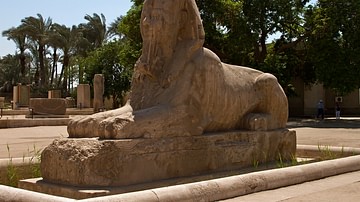
Image
Alabaster Sphinx in Memphis
Alabaster sphinx in Memphis, Egypt.
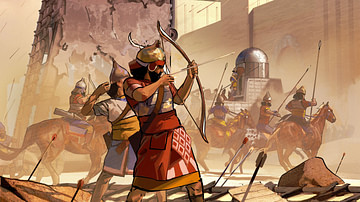
Definition
Assyrian Warfare
Assyria began as a small trading community centered at the ancient city of Ashur and grew to become the greatest empire in the ancient world prior to the conquests of Alexander the Great and, after him, the Roman Empire. While the Assyrians'...
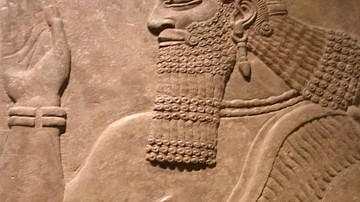
Definition
Neo-Assyrian Empire
The Neo-Assyrian Empire (912-612 BCE) was the final stage of the Assyrian Empire, stretching throughout Mesopotamia, the Levant, Egypt, Anatolia, and into parts of Persia and Arabia. Beginning with the reign of Adad Nirari II (912-891 BCE...

Image
Alabaster Panel from the Central Palace of Tiglath Pileser III
This alabaster panel was part of the decorative scheme of the palace of King Tiglath Pileser III (reigned 745-727 BCE) at Kalhu. The king is shown in his chariot, while in another scene above Assyrian soldiers drive out prisoners and flocks...
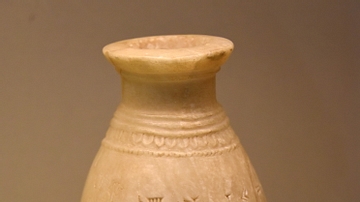
Image
Alabaster Jar of Sargon II
The cuneiform inscription on this alabaster vessel mentions that it belongs to king Sargon II. Neo-Assyrian Period, reign of Sargon II, 721-705 BCE. From the North-West Palace at Nimrud, Northern Mesopotamia, modern-day Iraq. (British Museum...
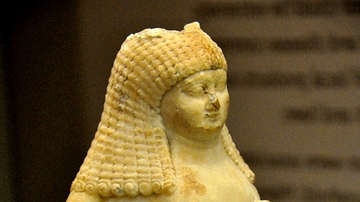
Image
Alabaster Vase from Sippar
Alabaster vase in the shape of a standing woman with ample proportions. She has a sweeping hair and holds flowers. Late Babylonian Period, 700-600 BCE. From Sippar (modern-day Tell Abu Habbah), Mesopotamia, modern-day Iraq. (The British Museum...
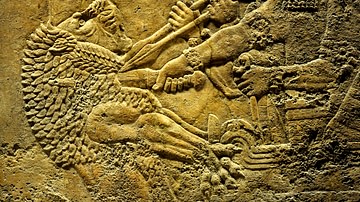
Definition
Assyria
Assyria was the region located in the ancient Near East which, under the Neo-Assyrian Empire, reached from Mesopotamia (modern-day Iraq) through Asia Minor (modern Turkey) and down through Egypt. The empire began modestly at the city of Ashur...
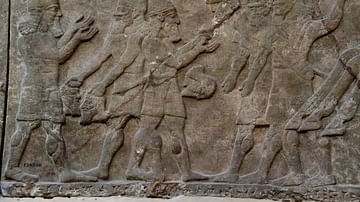
Article
Wall Reliefs: Ashurnasirpal II's War Scenes at the British Museum
The Mighty King 600 of their warriors I put to the sword and decapitated; 400 I took alive; 3,000 captives I brought forth; I took possession of the city for myself: the living soldiers, and heads to the city of Amidi the royal city, I sent...

Definition
Commission for Relief in Belgium
The Commission for Relief in Belgium (CRB) was an independent, international organization, sponsored by neutral governments and with the guarantees and assurances of the belligerents to alleviate the suffering of German-occupied Belgium in...